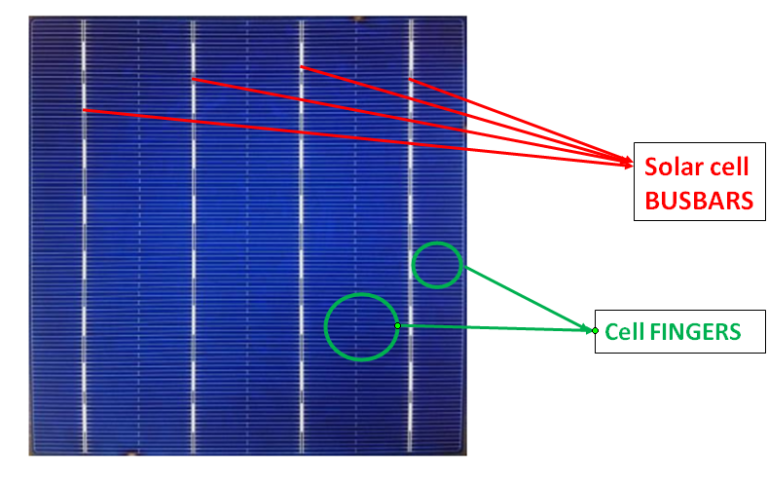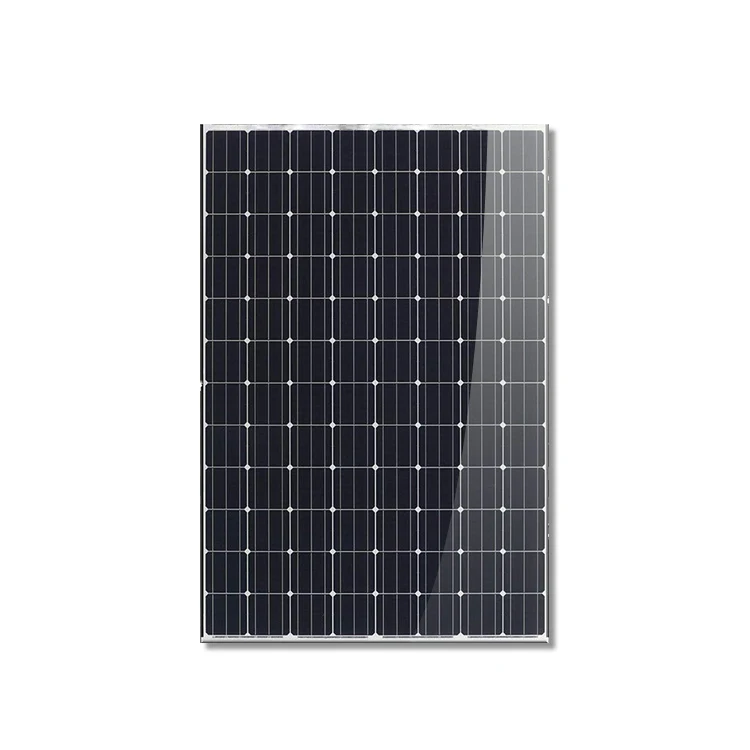

Photovoltaic power potential map estimates, how many kWh of electricity can be produced from a 1 kWp free-standing c-Si modules, optimally inclined towards the Equator. Since, many countries have continued to produce and finance PV systems in an exponential speed. In 1994, Japan followed in their footsteps and conducted a similar program with 539 residential PV systems installed. A program led by Walter Sandtner in Bonn, Germany. In 1989, the German Research Ministry initiated the first ever program to finance PV roofs (2200 roofs).

George Cove may have invented a photovoltaic panel in 1909, roughly 40 years before Bell Labs did in 1950. The term "photovoltaic" has been in use in English since 1849. The term "photovoltaic" comes from the Greek φῶς ( phōs) meaning "light", and from "volt", the unit of electromotive force, the volt, which in turn comes from the last name of the Italian physicist Alessandro Volta, inventor of the battery ( electrochemical cell). In 2020 the International Energy Agency stated in its World Energy Outlook that ‘or projects with low cost financing that tap high quality resources, solar PV is now the cheapest source of electricity in history. In some instances, PV has offered the cheapest source of electrical power in regions with a high solar potential, with a bid for pricing as low as 0.01567 US$/ kWh in Qatar in 2020. In 2019 the International Energy Agency expected a growth by 700–880 GW from 2019 to 2024. After hydro and wind powers, PV is the third renewable energy source in terms of global capacity. In 2019, worldwide installed PV capacity increased to more than 635 gigawatts (GW) covering approximately two percent of global electricity demand. Module prices dropped by about 90% over the 2010s. Panel prices dropped by a factor of 4 between 20. Net metering and financial incentives, such as preferential feed-in tariffs for solar-generated electricity, have supported solar PV installations in many countries. Improvements in manufacturing technology and efficiency have also led to decreasing costs. This has been partially driven by massive Chinese government investment in developing solar production capacity since 2000, and achieving economies of scale. Decreasing costs has allowed PV to grow as an energy source. Photovoltaic modules were first mass-produced in 2000, when the German government funded a one hundred thousand roof program. Photovoltaic systems have long been used in specialized applications as stand-alone installations and grid-connected PV systems have been in use since the 1990s. Production and installation does cause some pollution and greenhouse gas emissions, though only a fraction of the emissions caused by fossil fuels. The use of PV as a main source requires energy storage systems or global distribution by high-voltage direct current power lines causing additional costs, and also has a number of other specific disadvantages such as variable power generation which have to be balanced. Other major constraints identified are competition for land use. Solar PV has specific advantages as an energy source: once installed, its operation generates no pollution and no greenhouse gas emissions, it shows scalability in respect of power needs and silicon has large availability in the Earth's crust, although other materials required in PV system manufacture such as silver may constrain further growth in the technology. Photovoltaic technology helps to mitigate climate change because it emits much less carbon dioxide than fossil fuels. The mount may be fixed or use a solar tracker to follow the sun across the sky. PV installations may be ground-mounted, rooftop-mounted, wall-mounted or floating. The photovoltaic effect is commercially used for electricity generation and as photosensors.Ī photovoltaic system employs solar modules, each comprising a number of solar cells, which generate electrical power. Photovoltaics ( PV) is the conversion of light into electricity using semiconducting materials that exhibit the photovoltaic effect, a phenomenon studied in physics, photochemistry, and electrochemistry.

Solar panels on the International Space Station


 0 kommentar(er)
0 kommentar(er)
